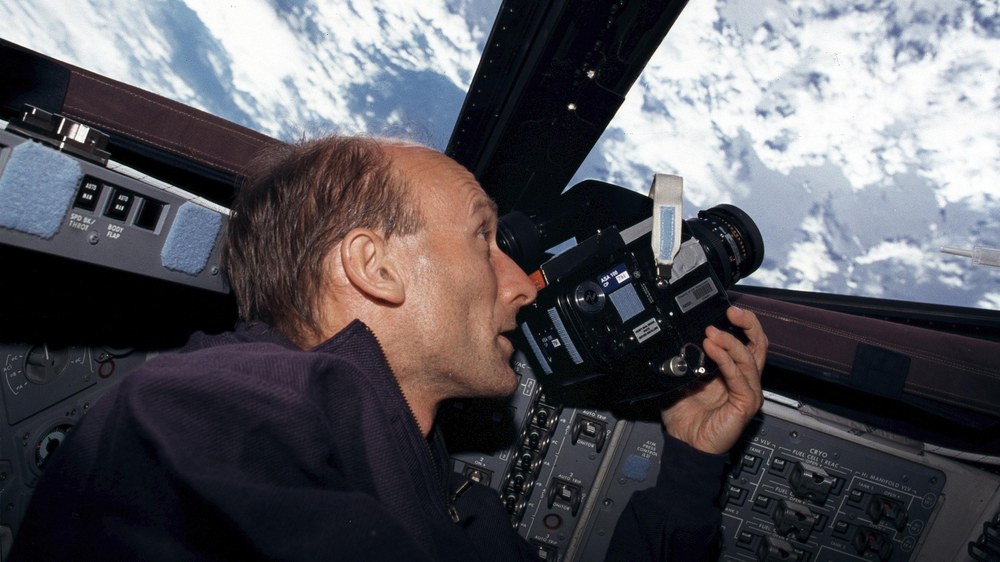Gerhard Thiele


Gerhard Thiele was born on 2 September 1953 in Heidenheim-Brenz, near Ulm. On completion of secondary school in 1972, Thiele joined the Navy for four years before studying physics at Munich and Heidelberg. He concluded his undergraduate studies in 1982 and earned his doctorate three years later at the Heidelberg Institute of Environmental Physics. In 1986 he moved to Princeton University, where he researched ocean circulation and its influence on the development of climate.
In 1988 Thiele commenced basic astronaut training at DLR and was assigned to the D2 Spacelab mission two years later. He served as backup payload specialist for the 1993 mission from the DLR Control Center at Oberpfaffenhofen. In 1995 he became Director of the DLR Crew Training Center (CTC).
Thiele was selected a year later by the former German Aerospace Agency (Deutschen Agentur für Raumfahrtangelegenheiten; DARA) and DLR to be trained by NASA as a mission specialist. After two years of training at the Johnson Space Center in Houston, Texas, he joined the European Astronaut Corps (EAC) of the European Space Agency (ESA) in 1998.
Thiele travelled into space for the first time on 11 February 2000: He was a crewmember of Space Shuttle mission STS-99, with objective to collate data for the first three-dimensional digital atlas of the Earth's surface; it was also known as the Shuttle Radar Topography Mission (SRTM). Mapping commenced less than 12 hours after launch. As in previous missions, the six-person crew performed in a dual-shift system, enabling round-the-clock operations. Thiele was responsible for operating the antennas; these were attached to the upper portion of an approximately 60-metre long mast. After 11 days in orbit, the mission concluded successfully on 22 February 2000.
After his flight, Thiele worked as a 'CapCom' (Capsule Communicator) for NASA. A CapCom acts as the communicator between ground control and the astronauts in space. He was the first European astronaut to serve in this capacity. He returned to Germany in 2001 to head ESA's European Astronaut Centre.
In January 2003 Thiele was given the task of replacing André Kuipers on the Soyuz 8S mission. He trained at the renowned Yuri Gagarin Cosmonaut Training Centre at Swjosdny Gorodok (Star City) near Moscow. Thiele returned to the EAC in 2004, where he was Head of the Astronaut Division from August 2005 until March 2010. On 1 April 2010 Gerhard Thiele became Resident Fellow with the European Space Policy Institute in Vienna, Austria.
